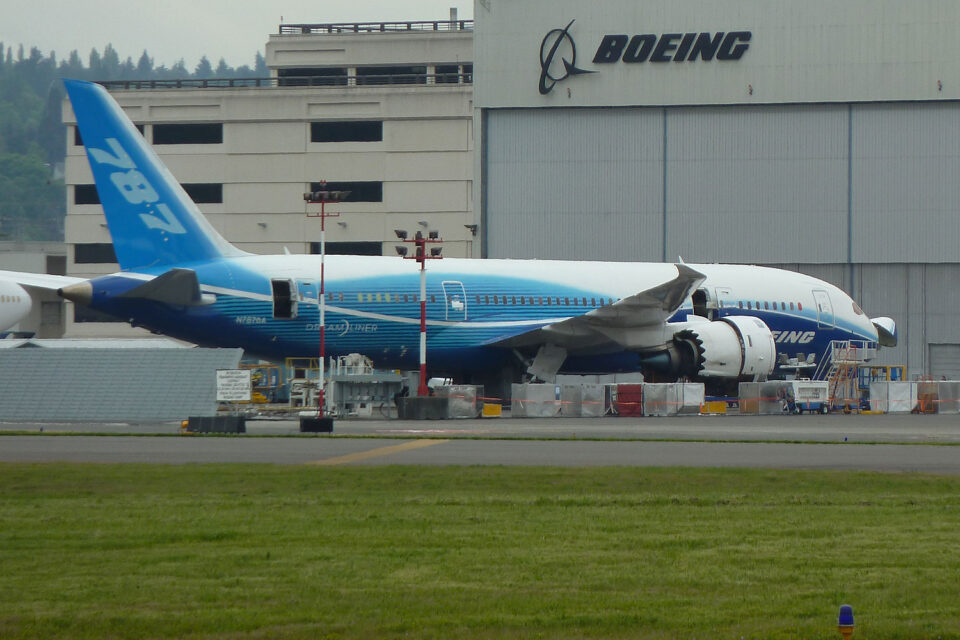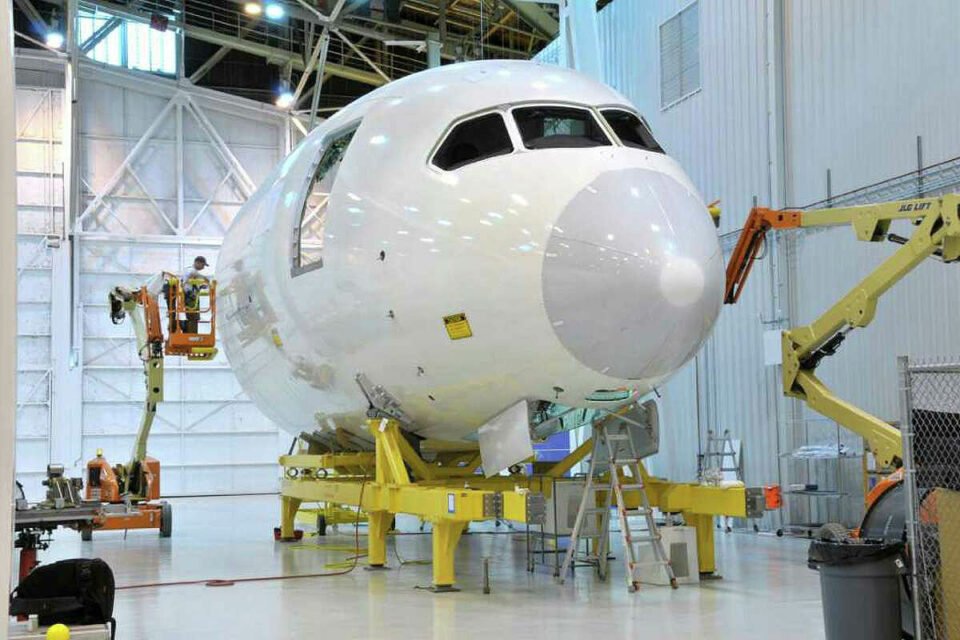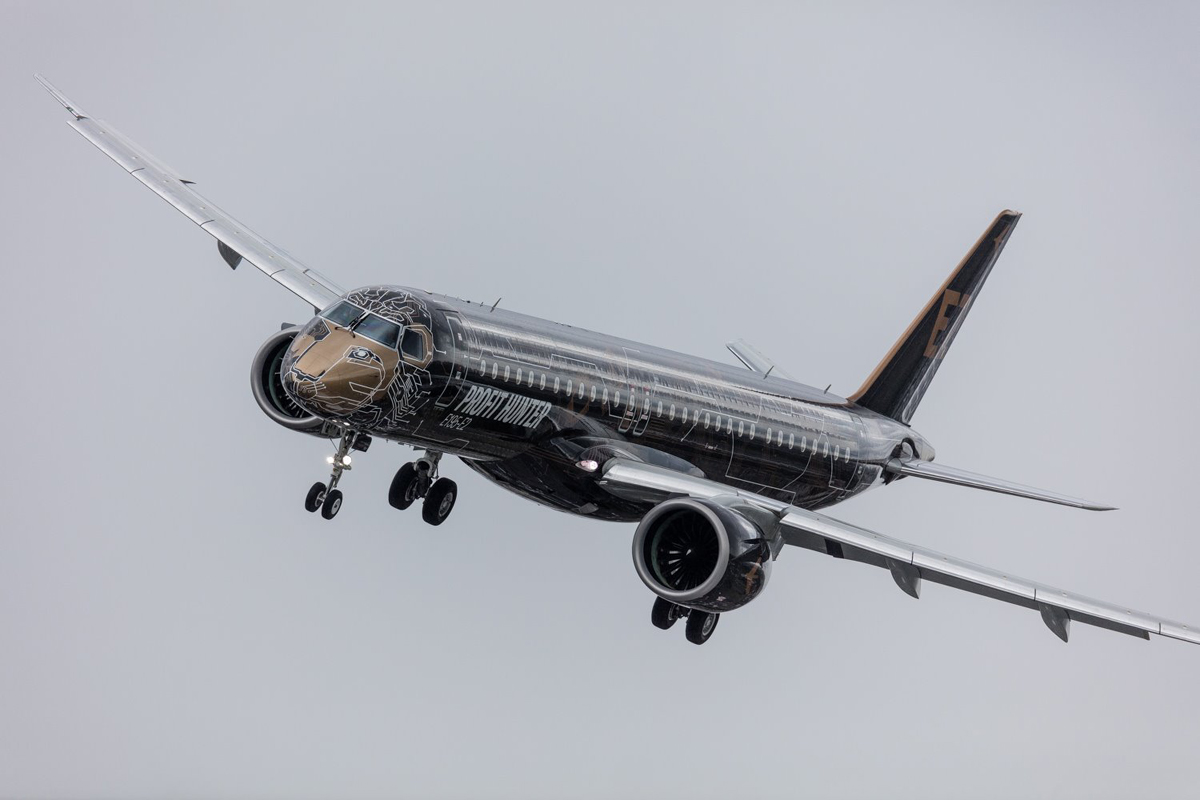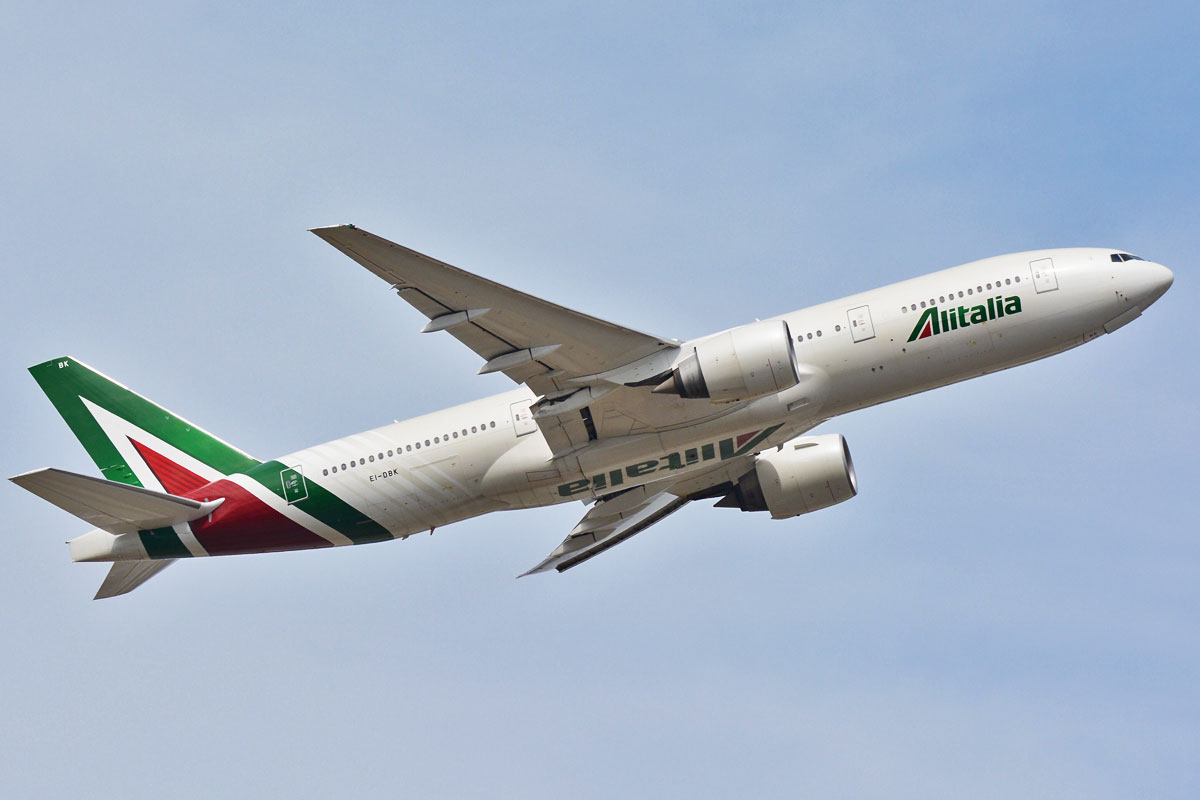Boeing and the Federal Aviation Administration (FAA) confirmed on Thursday that deliveries of the 787 Dreamliner jet have been temporarily halted. According to the planemaker, the reason was a issue detected in the assembly of the fuselage.
“In reviewing certification records, Boeing discovered an analysis error by our supplier related to the 787 forward pressure bulkhead,” the company said.
“We notified the FAA and have paused 787 deliveries while we complete the required analysis and documentation.”

The supplier is Spirit Aerosystems, responsible for assembling a large part of the aerostructures of Boeing planes. The company, however, considered the positioning of its client precipitated.
“Based on the information we currently have and our interactions with Boeing to date, we believe it is too early to assert there was an ‘analysis error’ by Spirit. We will continue working with Boeing to better understand the specific issue and work cooperatively with them in order to summarize 787 deliveries,” Spirit said in a statement.
Follow ADN: Facebook | Twitter
The return of deliveries can only be carried out when Boeing proves to the FAA that the problem has been solved. In any case, production of the 787 will continue normally, so much so that the company still maintains the goal of delivering up to 80 units of the jet this year.
“There is no immediate safety of flight concern for the in-service fleet,” Boeing said.
“The FAA is working with Boeing to determine any actions that might be required for recently delivered airplanes,” the US Civil Aviation Authority said.

Third pause
The most advanced commercial jet in Boeing’s portfolio, the 787 has been going through troubled times in recent years.
It is the third time that widebody deliveries have been halted due to issues with the aircraft’s assembly quality. Considering the two previous stoppages, the manufacturer spent more than 22 months without delivering the Dreamliner to customers.
The last suspension of 787 deliveries lasted 15 months. Shipments resumed in August 2022, when the company had more than 100 aircraft in storage awaiting FAA clearance.






